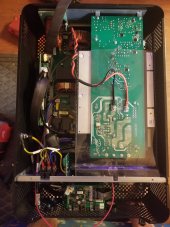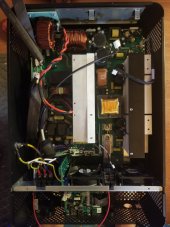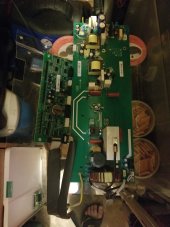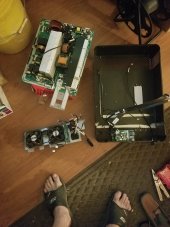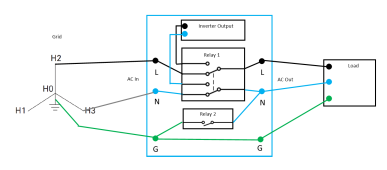drbytes
New Member
- Joined
- Oct 21, 2021
- Messages
- 113
So I've put back the earthing screws. Without these screws an RCD can be put before the inverters, it will never trip the rcd unless there is an actual fault to ground when on grid -- but not when you're off grid, it'll just keep on trucking.
When you have these screws out and you want to trip the rcd's downstream of the inverters (typically those rcd's are placed in the distribution panel) while you run offgrid you need to tie the neutral to ground before it enters the first rcd. That will trip the rcd's downstream in offgrid. However that will only work in offgrid for my situation because the second you go ongrid the rcd upstream will trip, rightly so.
The only solution to keep it safe is to put back the grounding screws and remove the rcd upstream because it will just fault every time the inverters detect the grid and switch the relay. -- the relay is a 1000 times slower than the rcd.
So no fault current can be detected between the main panel and ac out of the inverter. The inverter is still grounded correctly --so nothing trop funky can happen.
The rcd's downstream now keep working no matter if the inverters are on or offgrid.
Still irks me that I have no ground fault detection between the main panel and the inverter other than a 40A breaker.
When you have these screws out and you want to trip the rcd's downstream of the inverters (typically those rcd's are placed in the distribution panel) while you run offgrid you need to tie the neutral to ground before it enters the first rcd. That will trip the rcd's downstream in offgrid. However that will only work in offgrid for my situation because the second you go ongrid the rcd upstream will trip, rightly so.
The only solution to keep it safe is to put back the grounding screws and remove the rcd upstream because it will just fault every time the inverters detect the grid and switch the relay. -- the relay is a 1000 times slower than the rcd.
So no fault current can be detected between the main panel and ac out of the inverter. The inverter is still grounded correctly --so nothing trop funky can happen.
The rcd's downstream now keep working no matter if the inverters are on or offgrid.
Still irks me that I have no ground fault detection between the main panel and the inverter other than a 40A breaker.
Last edited:



